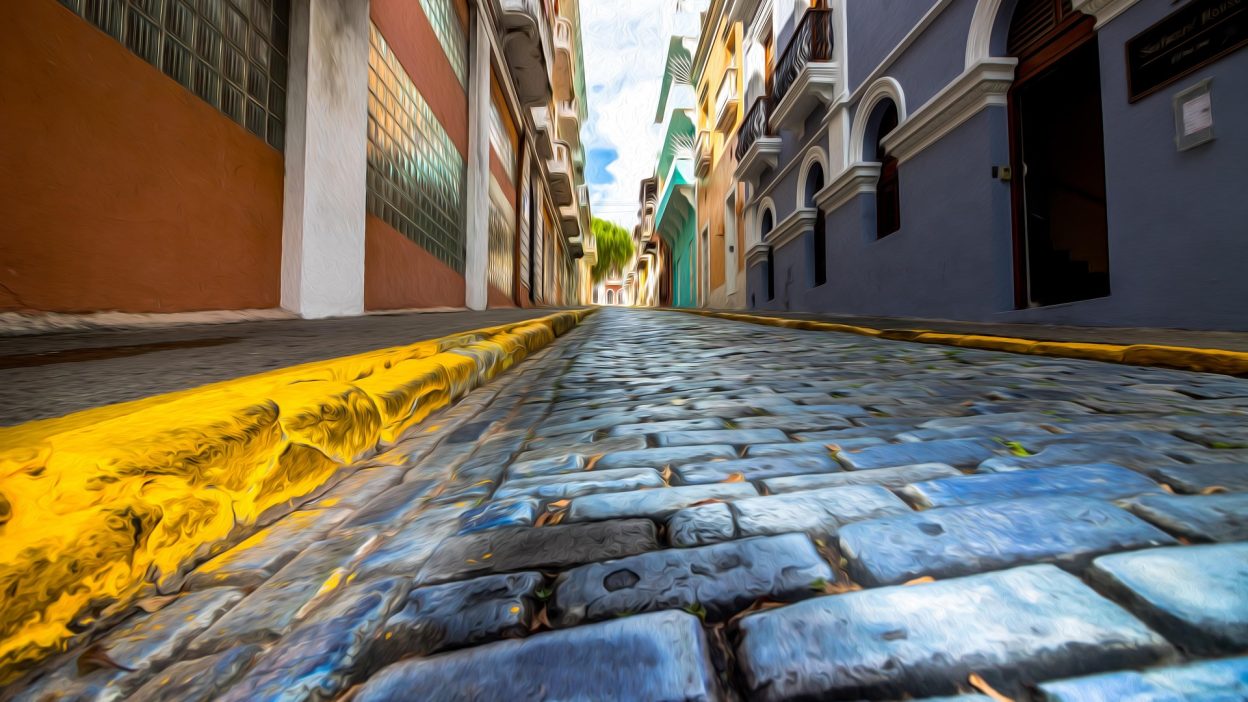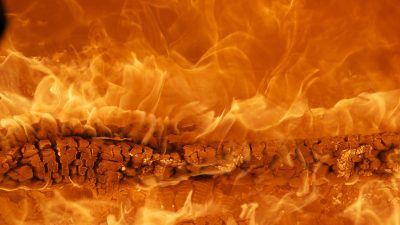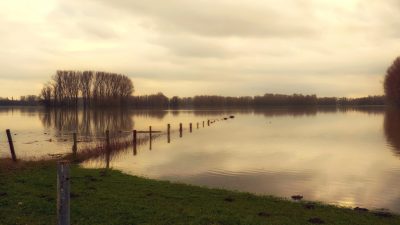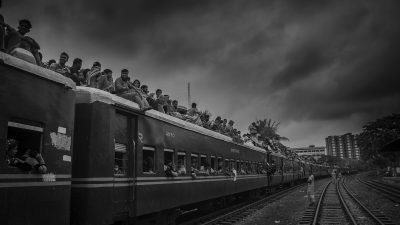Uncovering Argentina’s Deadliest Disaster And The Lessons We’re Still Ignoring
The San Juan earthquake of 1944 was a powerful and tragic event that shook Argentina to its core. It struck on January 15th, with a magnitude of 7.4, leaving the city of San Juan and surrounding areas devastated. The earthquake caused widespread destruction to buildings, infrastructure, and entire communities. It remains one of the most significant seismic events in Argentina’s history, yet it’s often overlooked in global discussions of natural disasters.
The aftermath was a mix of disbelief and tragedy as Argentina’s ability to respond was severely tested. Rescue operations were hindered by the scale of the damage, and the country’s disaster management systems were found to be lacking in preparedness. In the years that followed, Argentina worked to rebuild, but the psychological and physical scars from the earthquake lingered.
When the Ground Cracked: The Human Cost of the 1944 San Juan Earthquake
The human cost of the 1944 San Juan earthquake was immense. Over 10,000 people were either killed or injured, with thousands more left homeless and displaced. Entire neighbourhoods were reduced to rubble, and the local population found itself in desperate need of aid. The trauma was not only physical but emotional as well, with survivors dealing with the loss of loved ones and the destruction of their homes and businesses.
In addition to the immediate loss of life, the earthquake triggered long-term psychological effects. Many survivors suffered from post-traumatic stress disorder (PTSD), and the region faced a heavy burden of grief and hardship in the years following the disaster. The rebuilding process was slow and complicated by political and social challenges.
Argentina’s Forgotten Tragedy: How the 1944 San Juan Earthquake Was Overlooked
- Limited media coverage: Unlike other major disasters, the 1944 San Juan earthquake did not receive widespread international media coverage. The lack of press attention meant that the true scale of the destruction was not fully realised outside of Argentina. Many people were unaware of the devastation until years later when the rebuilding efforts began to reveal the full extent of the damage.
- Political distraction: At the time, Argentina was dealing with political instability, and the government’s focus was on internal affairs rather than disaster response. This, combined with the global focus on World War II, led to the earthquake being overshadowed by other events. As a result, international aid was limited, and the local response was slow.
- Underreported casualties: The official death toll and the number of injuries were often underestimated, and the true human cost of the disaster became clear only through local accounts and survivors’ testimonies. The lack of comprehensive reporting contributed to the earthquake being relegated to the background of Argentina’s disaster history.
Could the 1944 San Juan Earthquake Have Been Prevented? The Untold Facts
The 1944 San Juan earthquake came as a shock to many, particularly because of the limited knowledge about earthquake prediction at the time. Despite the signs, Argentina was ill-prepared for such a devastating event.
- Lack of earthquake preparedness: Argentina had no formal earthquake preparedness plans, and the infrastructure in San Juan was not built to withstand seismic activity. Building codes were outdated, and many buildings were constructed without considering earthquake risks, leading to their collapse during the event.
- Limited scientific research: Earthquake forecasting and research were in their early stages in the 1940s. There was little understanding of seismic activity in the region, and the lack of scientific studies on the fault lines contributed to the country’s inability to predict or prepare for the disaster.
Surviving the San Juan Earthquake: How Argentina Rebuilt After the 1944 Disaster
Rebuilding after the San Juan earthquake was a long and challenging process. The Argentine government, together with local authorities, worked tirelessly to restore the city, but it took years before normalcy returned. Many areas were left in ruins, with basic necessities such as water, food, and shelter in short supply.
- Government response: The Argentine government, under pressure, implemented measures to assist survivors. Emergency aid was distributed, and temporary shelters were set up. However, the political climate hindered effective long-term planning, and the recovery process was slow.
- Infrastructure overhaul: One of the major outcomes of the earthquake was the overhaul of Argentina’s building regulations. In the years following the disaster, stricter earthquake-resistant construction codes were put in place to prevent such widespread destruction in the future. This was a turning point for the country’s urban planning and disaster management policies.
Why the 1944 San Juan Earthquake Was More Devastating Than We Realised
While the 1944 earthquake is often remembered for its immediate death toll and destruction, its true impact went beyond what was initially understood. The disaster had far-reaching consequences, both in terms of human suffering and the long-term recovery process.
- Infrastructure collapse: The destruction of infrastructure, including roads, bridges, and communication lines, made rescue and recovery operations incredibly difficult. The damage to transportation networks delayed relief efforts, and many communities were isolated for days.
- Economic impact: The economic toll of the earthquake was enormous. San Juan’s economy, which was largely based on agriculture and industry, was crippled. The damage to local businesses and homes left many people without livelihoods, and the region struggled to recover financially for years.
The 1944 San Juan Earthquake: A Wake-Up Call for Latin America’s Disaster Preparedness
The San Juan earthquake served as a harsh lesson for not only Argentina but for the wider Latin American region. The event exposed significant vulnerabilities in disaster preparedness, highlighting the need for better building practices and early warning systems across the continent.
- Regional response: Other countries in Latin America, particularly those in earthquake-prone zones, took note of the San Juan disaster. In the years following the earthquake, many nations began to invest more in earthquake-resistant infrastructure and established national disaster response plans to prevent similar tragedies.
- International aid networks: The earthquake also underscored the importance of global cooperation in disaster relief. The lack of timely international aid during the San Juan earthquake sparked discussions about creating more efficient disaster response systems, both nationally and globally.
The 1944 San Juan Earthquake: What We Learned and How We’re Still Paying the Price
In the decades since the 1944 San Juan earthquake, Argentina has made significant strides in disaster preparedness and recovery. However, the lessons learned from the event still resonate today. Despite improvements in building codes and emergency management, the financial and emotional scars from the earthquake are still visible in the region.
- Legacy of rebuilding: The ongoing recovery from the San Juan earthquake’s legacy can be seen in the modern infrastructure of the region. While much has been rebuilt, some areas still struggle with the effects of the disaster, and the memory of the earthquake remains ingrained in the collective consciousness of the people.
Short FAQs:
- What caused the 1944 San Juan earthquake in Argentina?
- The 1944 San Juan earthquake was caused by tectonic movements along the fault lines in the region. The release of energy along these fault lines resulted in the powerful seismic event.
- How many people died in the 1944 San Juan earthquake?
- The earthquake claimed over 10,000 lives, with many more injured. The true scale of the loss only became clear in the years following the disaster.
- What were the main effects of the 1944 San Juan earthquake on Argentina?
- The earthquake caused widespread destruction, particularly in the San Juan region. Infrastructure, homes, and businesses were obliterated, and the human toll was devastating.
- What lessons did Argentina learn from the 1944 San Juan earthquake?
- Argentina learned the importance of earthquake-resistant buildings and the need for effective disaster management systems. This led to significant changes in building codes and disaster response strategies.
- Is Argentina still at risk for similar earthquakes today?
- Yes, Argentina remains in a seismic zone, and while advancements in building codes have reduced the risk of major damage, earthquakes still pose a threat to the region.
Reference:
“1944 San Juan earthquake – Wikipedia”
“The Argentine Earthquake | Nature”
“Politics and Class in the Aftermath of the 1944 Argentine Earthquake”https://library.fes.de/libalt/journals/swetsfulltext/14900360.pdf




